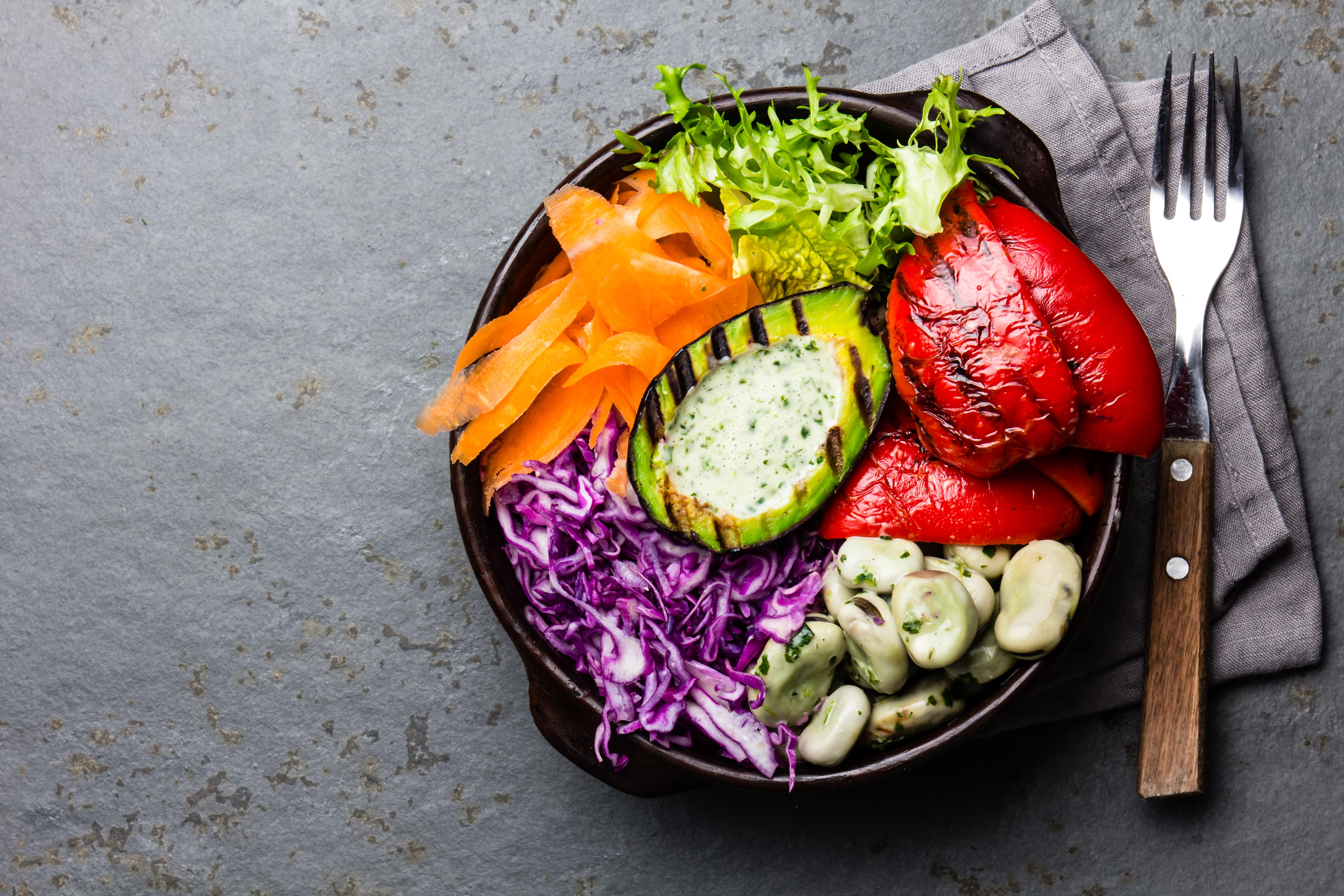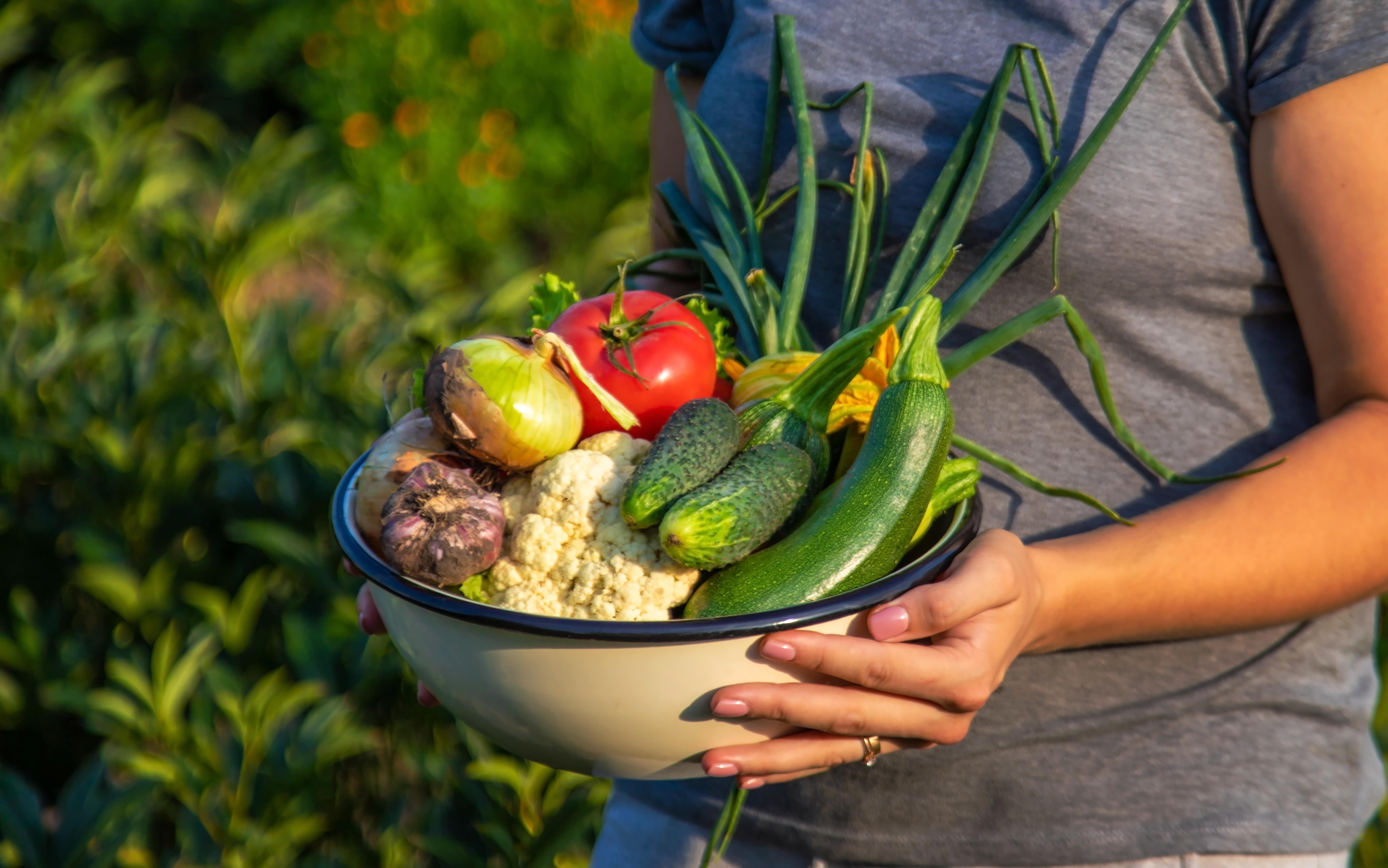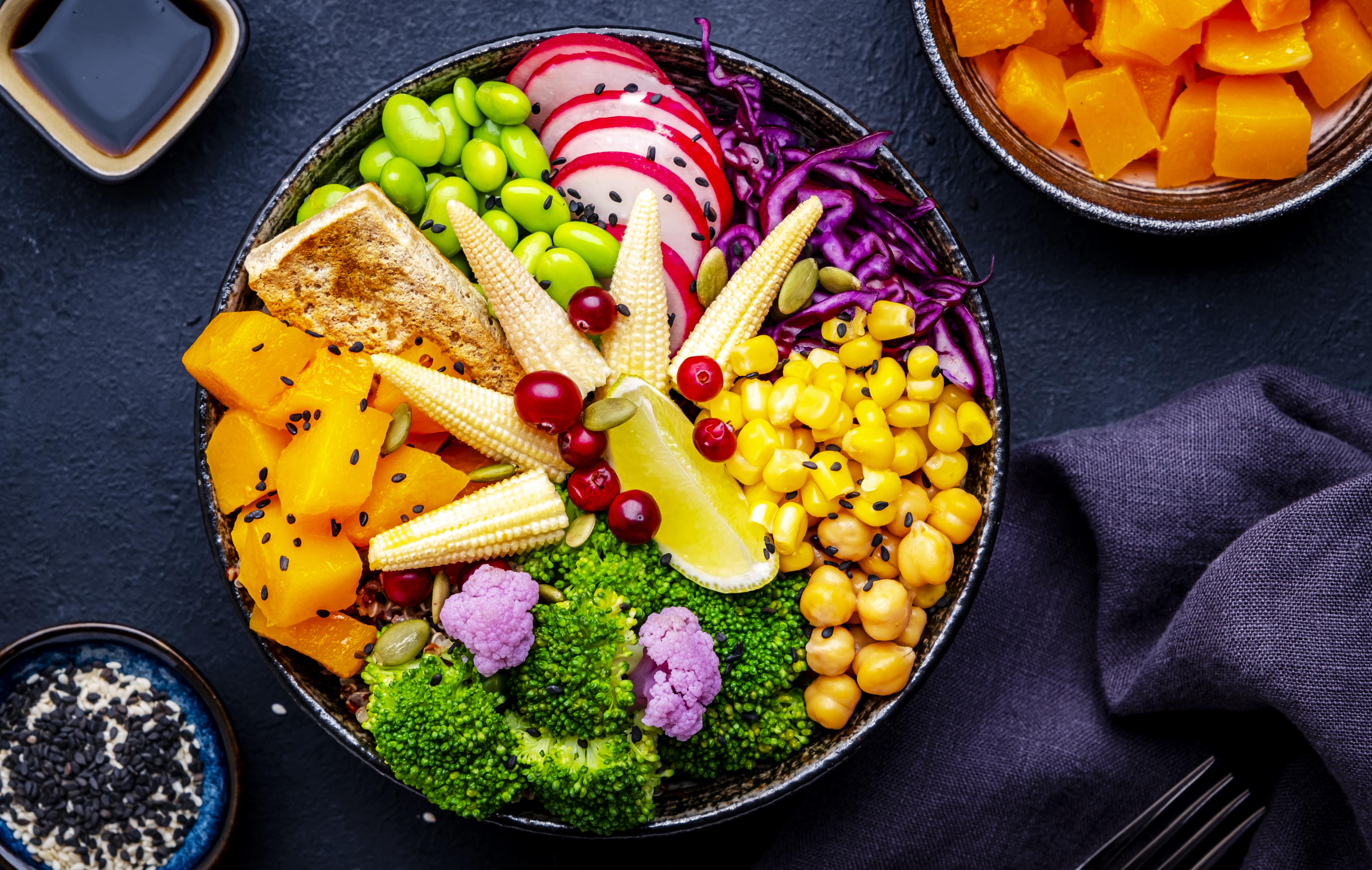Key Takeaways
- Seasonal produce, such as leafy greens, beets, and sweet potatoes, provides fiber, antioxidants, and nutrients that help stabilize blood sugar.
- Building balanced meals with veggies, protein, whole grains, and healthy fats supports glucose control and your overall health.
- With Signos, you can track how seasonal swaps affect your blood sugar and discover which foods keep your energy stable.
{{mid-cta}}
As September brings the fall flavors, it’s the perfect time to explore eating more seasonal produce. Eating plant-based meals doesn’t just add variety to your plate, but it also supports better blood sugar control. Veggies are packed with fiber, antioxidants, and key nutrients that help stabilize glucose levels, reduce insulin resistance, and generally support your overall health. Plus, choosing what’s in season often means fresher, more affordable options, whether you’re at the farmer’s market or your local grocery store.
With Signos, you can see how these seasonal swaps impact your blood sugar in real time, helping you connect the foods on your plate with the way you feel. It’s a simple way to experiment with new recipes while keeping your glucose steady.
Why Seasonal, Plant-Based Produce Supports Glucose Management

Plant-based eating is one of the simplest ways to support healthy blood sugar levels. Seasonal produce options, think: leafy greens, root vegetables, and late-summer squash, are packed with fiber, antioxidants, and phytonutrients that support steady glucose levels and reduce insulin resistance. Fiber in particular slows down how quickly carbohydrates are digested, which helps prevent sharp spikes in blood sugar.1
Another advantage of seasonal vegetables is that they are often fresher, more flavorful, and more affordable, making it easier to fill your plate with nutrient-dense foods. This not only supports blood sugar management but also benefits your gut and heart health.
With Signos, you can watch the difference seasonal choices make in real time. Try swapping refined carbs for roasted sweet potatoes or adding a side of sautéed greens and track how your glucose responds. These small, veggie-forward swaps can pay off with more balanced energy and steadier glucose curves throughout the day.
Fall’s Best Veggies for Blood Sugar Stability
-min.JPG)
September marks the beginning of fall, which brings a variety of colorful, nutrient-rich produce to help stabilize blood sugar levels. Many of these vegetables are low on the glycemic index, high in fiber, and rich in vitamins such as vitamin C, vitamin A, folate, and potassium. That means they slow down digestion, improve insulin sensitivity, and support your immune system.
Here are some of the top seasonal vegetables to add to your plate this month:
- Beets – Rich in antioxidants and nitrates that support blood flow.
- Sweet potatoes – A fiber-packed, lower-GI carb compared to white potatoes.
- Broccoli and Brussels sprouts – Cruciferous veggies high in vitamin C and phytonutrients.
- Leafy greens (spinach, kale, arugula) – Packed with vitamin K, magnesium, and calcium.
- Bell peppers – A colorful source of vitamin C and antioxidants.
- Zucchini and eggplant – Low in total carbs, and easy to sauté or roast.
- Green beans – A great side dish that adds fiber without spiking glucose levels.
- Winter squash (butternut, acorn, spaghetti squashes) – High in beta-carotene and naturally sweet without added sugar.
These in-season vegetables can be roasted, sautéed, added to stews, or blended into smoothies. Remember, using Signos, you can track how each choice influences your glucose levels, helping you see which produce options keep you feeling energized and balanced.
The Signos Plate in Action: Seasonal Veggies to Try

Building a balanced plate doesn’t have to be complicated. Think of your meals in four simple parts: half veggies and fruit, one-quarter protein, one-quarter starchy carbs, and a side of healthy fats or dairy. This balance helps you feel full for longer, keep blood sugar levels steadier, and provide lasting energy for hours after eating.
Here’s how September’s seasonal produce can fit into your meals:
- Veggies (½ the plate): Fill this space with nutrient-dense, fiber-rich produce, such as broccoli, Brussels sprouts, leafy greens, bell peppers, zucchini, eggplant, and green beans.
- Protein (¼ of the plate): Pair your veggies with lean proteins such as beans, lentils, tofu, or animal proteins like chicken, turkey, or fish.
- Whole grains or starchy carbs (¼ of the plate): Choose fiber-rich, in-season options like sweet potatoes, winter squash, or quinoa.
- Healthy fats or dairy (on the side): Round out your plate with healthy fats, such as avocado, olive oil, nuts, or seeds, or dairy options like yogurt and cheese.
In the Signos app, you can see how building a balanced plate affects your blood glucose. For example, you might notice that roasted sweet potatoes with greens and chicken keep your blood sugar steadier than a pasta dish. Ultimately, real-time feedback can help you make more informed choices based on your body’s individual response.
Everyday Meal Inspirations to Try This Month

If your goal is to incorporate more seasonal veggies, here are a few easy ways to keep your blood sugar steady while making the most of what’s in season:
Breakfast
- Veggie scramble with bell peppers, spinach, and zucchini plus a slice of whole-grain toast.
- Overnight oats with chia seeds, cinnamon, and a topping of blackberries or raspberries.
- Smoothie with kale, cucumber, frozen berries, and Greek yogurt, blended with unsweetened almond milk.
Lunch
- Roasted beet and arugula salad with quinoa, chickpeas, and walnuts.
- Whole grain wrap stuffed with hummus, roasted zucchini, and leafy greens.
- Lentil soup with carrots, celery, and tomatoes, served with a side of whole-grain bread.
Dinner
- Sheet-pan chicken, Brussels sprouts, and sweet potatoes, seasoned with olive oil and garlic.
- Salmon and broccoli stir-fry served with brown rice and topped with sesame seeds.
- Turkey chili with butternut squash, bell peppers, and black beans.
Snacks
- Green beans sautéed with garlic and almonds.
- Apple slices with 2 tablespoons of almond butter.
- Greek yogurt with a sprinkle of pumpkin seeds and cinnamon.
Balanced Desserts
- Baked apples stuffed with oats, pecans, and cinnamon.
- Dark chocolate paired with fresh raspberries.
- Mini parfait with Greek yogurt, pomegranate seeds, and a drizzle of honey.
The Bottom Line
September is the perfect time to incorporate seasonal produce into your plate. Vegetables like broccoli, beets, leafy greens, sweet potatoes, bell peppers, and mushrooms not only add flavor but also support steady blood sugar levels, heart health, and immune function. By pairing fiber-rich carbs with protein and healthy fats, you can enjoy satisfying meals that fuel your body and help stabilize your blood sugar levels.
Learn More With Signos’ Expert Advice
Additionally, with Signos, you can see how these choices impact your blood sugar and create a style of eating that keeps you energized with stable blood sugar levels. You can see how your nutrition, sleep, stress, and daily habits impact your glucose and overall well-being, helping you make smarter choices that strengthen your immune system and metabolism.
Explore more about how Signos can improve health and learn about glucose levels on Signos’ blog.
Topics discussed in this article:
References
- Fiber: The Carb That Helps You Manage Diabetes. CDC. Accessed September 25, 2025.
- Diabetes Plate Method. ADA. Accessed September 25, 2025.



.webp)
.svg)


.webp)





.webp)

.svg)
.svg)
.svg)
.svg)
.svg)
.svg)
.svg)
